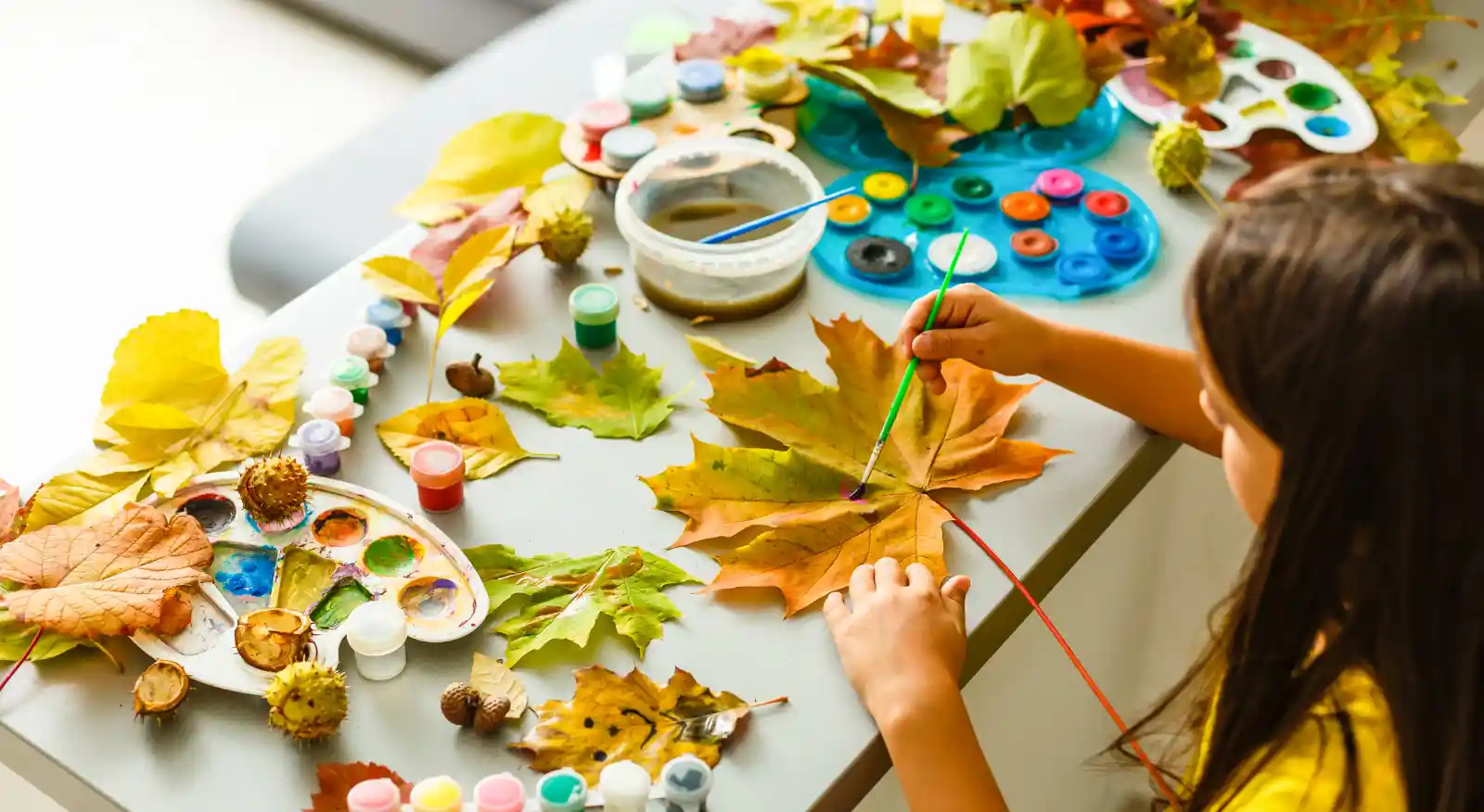
The Role of Art in Child Development: Why It Matters
Art is more than just an enjoyable activity for children—it plays a vital role in their overall development. From improving fine motor skills to encouraging emotional expression, engaging in artistic activities helps children grow in multiple ways. This article explores why art is essential for child development and how it benefits their cognitive, emotional, and social skills.
1. Boosts Creativity and Imagination
Art allows children to express their thoughts, ideas, and emotions in unique ways. When they engage in creative activities like drawing, painting, or crafting, they learn to think outside the box and develop problem-solving skills.
Example: When a child paints a tree in bright purple instead of green, they are not making a mistake—they are exploring their imagination and creativity.
2. Enhances Fine Motor Skills
Simple art activities such as cutting paper, holding a paintbrush, or molding clay help strengthen the small muscles in a child’s hands and fingers. These fine motor skills are essential for tasks like writing, buttoning clothes, and using utensils.
Tip: Encouraging kids to use different art tools, such as colored pencils, crayons, and scissors, helps develop better hand-eye coordination.
3. Improves Cognitive and Problem-Solving Skills
Art engages the brain in critical thinking and decision-making. When children mix colors, design patterns, or build structures, they learn about cause and effect, spatial awareness, and planning.
Example: If a child wants to create a specific color, they must figure out how to mix paints, teaching them basic concepts of science and color theory.
4. Encourages Emotional Expression
Art provides a safe and healthy outlet for children to express their emotions. Whether they are happy, sad, or frustrated, drawing or painting can help them communicate feelings that might be difficult to express with words.
Tip: If a child is going through a tough time, giving them a blank canvas and some colors can help them express their emotions in a non-verbal way.
5. Strengthens Social Skills
When children participate in group art projects, they learn teamwork, communication, and collaboration. Whether it’s a classroom mural or a family art session, creating art together fosters bonding and cooperation.
Example: In an art jamming session, kids work together to share materials, exchange ideas, and appreciate each other’s creativity.
6. Builds Confidence and Self-Esteem
Completing an art project gives children a sense of accomplishment and pride. Seeing their artwork displayed at home or in school boosts their confidence and encourages them to take on new challenges.
Tip: Always encourage and praise a child’s artwork, regardless of how simple or abstract it may seem. Positive reinforcement builds self-esteem.
7. Supports Language Development
Talking about their artwork helps children build vocabulary and communication skills. When they describe what they’ve created, they learn to express their thoughts clearly and expand their language abilities.
Example: Asking a child, “Tell me about your drawing,” encourages them to articulate their ideas and improves their storytelling skills.
8. Provides a Relaxing and Therapeutic Experience
Engaging in art can be a calming and stress-relieving activity for children. Whether it’s coloring, doodling, or crafting, art helps kids relax, focus, and improve their overall well-being.
Tip: Keeping a small art corner at home with coloring books, markers, and paper allows children to de-stress whenever they need a break.
